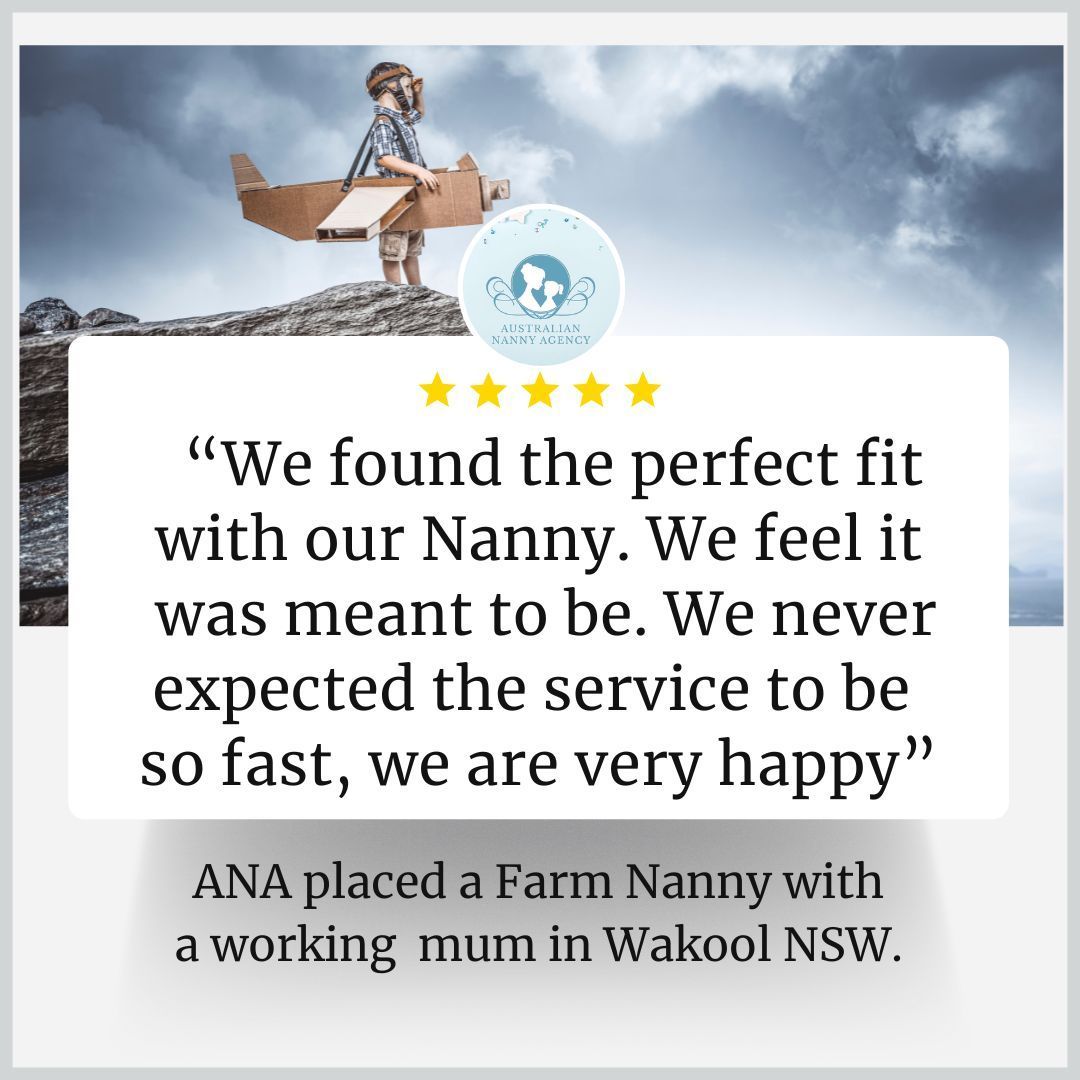Empowering Recovery Through Compassionate Practices and Holistic Healing Strategies
Trauma-Informed Care: Supporting Survivors of Abuse and Neglect
In recent years, there has been a growing recognition of the importance of trauma-informed care (TIC) in supporting individuals who have experienced abuse and neglect. Whether in healthcare settings, educational institutions, or community services, understanding the devastating impact of trauma is essential for providing compassionate and effective support. In this blog, we will explore what trauma-informed care is, its key principles, and how it can be effectively implemented to help survivors of abuse and neglect regain control of their lives.
Understanding Trauma and Its Effects
Trauma can result from a wide range of experiences, including physical and emotional abuse, neglect, natural disasters, and other distressing life events. The effects of trauma are complex and can manifest in various ways. Individuals who have experienced trauma may exhibit emotional dysregulation, anxiety, depression, difficulty in relationships, and challenges in managing stress. Importantly, trauma can impact cognitive functioning, leading to difficulties in concentration, memory, and decision-making.
Moreover, the effects of trauma are not uniform; they vary significantly from person to person. Factors such as age, previous experiences, and individual resiliency can influence how one responds to trauma. For survivors of abuse and neglect, understanding these impacts is crucial for tailoring support and interventions that promote healing.
What is Trauma-Informed Care?
Trauma-informed care is an approach that recognizes the widespread impact of trauma and emphasizes the importance of understanding this context when working with individuals. The primary goal of TIC is to create an environment that fosters safety, trust, and empowerment, paving the way for healing and recovery. TIC is not a specific therapeutic technique; rather, it is a framework that can be applied across various practices and settings.
The Substance Abuse and Mental Health Services Administration (SAMHSA) defines trauma-informed care with four key principles:
- Safety: Ensuring that individuals feel physically and emotionally safe within the environment. This includes establishing safety procedures and processes to protect clients' well-being.
2.Trustworthiness and Transparency: Building trust through open communication about processes, decisions, and practices. Transparency fosters an environment where individuals feel respected and informed.
3. Peer Support: Encouraging relationships that provide mutual understanding and empowerment. Peer support can be a powerful tool in healing, as those with shared experiences can validate each other’s feelings and experiences.
4.Collaboration and Empowerment: Actively involving individuals in their care decisions promotes a sense of control and agency. Empowerment relies on recognizing the strengths and resilience of survivors.
5.Recognition of Cultural, Historical, and Gender Issues: A trauma-informed approach acknowledges and addresses the impact of societal factors, including systemic oppression, bias, and cultural identity, on individuals' experiences of trauma.
Implementing Trauma-Informed Care
To implement trauma-informed care effectively, organizations and professionals must commit to shifting their practices and mindsets. Here are some steps that can facilitate this transition:
1. Training and Education
Comprehensive training for all staff is crucial. Understanding the nature of trauma, its impact, and TIC principles equips professionals to interact with clients empathetically and sensitively. Workshops, continuing education, and peer-led discussions can foster a deeper understanding of trauma and its effects.
2. Assess Organizational Culture
Organizations should evaluate their existing policies and procedures to identify barriers to a trauma-informed approach. This may involve gathering feedback from clients and staff to understand their experiences and perceptions of safety and support.
3. Create Safe Environments
Physical and emotional safety are paramount. Organizations should assess their environments—both physical spaces and relational dynamics—to enhance safety for clients. This includes creating welcoming environments, providing private spaces for discussions, and ensuring appropriate confidentiality measures are in place.
4. Engage Survivors in the Process
Involve survivors of trauma in the development and evaluation of programs and services. Their insights are invaluable in shaping approaches that resonate with those who have lived through trauma, ensuring that care is responsive to their needs.
5. Foster Peer Support
Building peer support networks can enhance the TIC approach. Facilitating support groups or connecting clients with individuals who share similar experiences can help create a sense of community and belonging.
6. Foster Collaboration Across Disciplines
Trauma-informed care should be integrated across various disciplines and service areas. Collaboration among healthcare providers, educators, social workers, and community organizations can create a comprehensive support network for survivors.
7. Continuous Evaluation and Improvement
Finally, organizations must commit to ongoing assessment and improvement of their trauma-informed practices. This involves regularly seeking feedback, analyzing outcomes, and adapting strategies to enhance the effectiveness of care.
The Impact of Trauma-Informed Care
When trauma-informed care principles are implemented effectively, individuals who have experienced abuse and neglect can begin to reclaim their sense of agency and control. Survivors are more likely to engage in treatment, experience less re-traumatization, and achieve better overall health outcomes. Furthermore, the creation of supportive environments fosters resilience and promotes healing, ultimately contributing to healthier communities.
Conclusion
As we strive to support survivors of abuse and neglect, embracing trauma-informed care is not just a best practice; it is an ethical imperative. By recognizing the profound impact of trauma and adopting principles that prioritize safety, trust, and empowerment, we can create pathways for healing and recovery. It is time to shift our focus from "what's wrong with you?" to "what happened to you?" This fundamental change in perspective can lead to transformational outcomes for individuals and the communities we serve. Through collective commitment and action, we can foster environments where survivors not only heal but also thrive.
Have a question?
Blog









